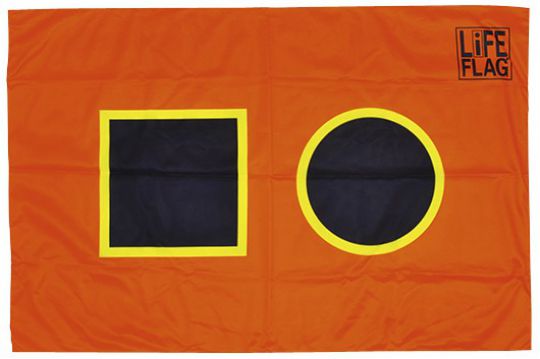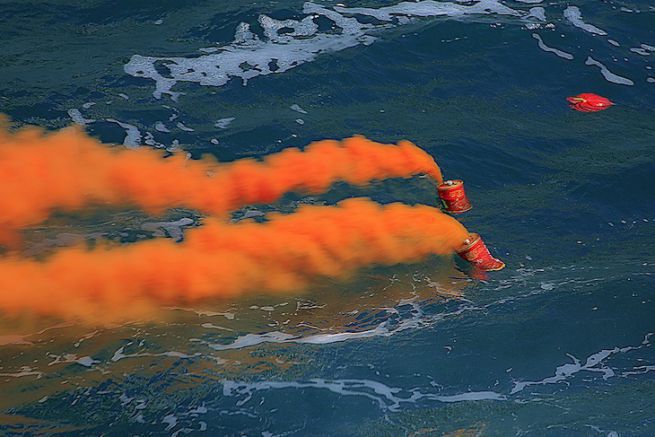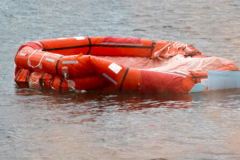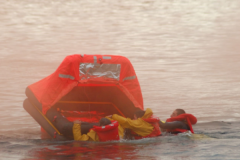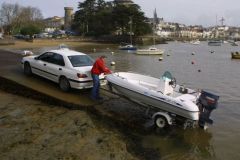There are many electronic means to report a distress while at sea, starting with VHF. You can also use your mobile phone - if you have network -, a satellite phone or your emergency beacon (EPIRB). But in a world where electronics don't exist - or if your equipment is faulty or unusable, here's how you can visually signal yourself.
The cyalume
This fluorescent plastic tube allows you to signal from 5 minutes to 24 hours (the brightness decreases gradually). Just twist the stick to activate a molecule that produces light. You can hang it on your lifejacket, but you can also use it by rotating it over your head to create a luminous halo. This stick is visible up to about 1 mile.
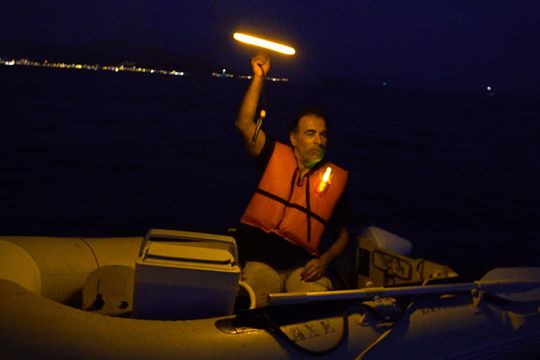
The flashlight or headlamp
It has to be waterproof and buoyant so that it doesn't sink to the bottom. Choose a lamp with a high wattage so that it can be seen in the distance by waving it by hand or moving your head.
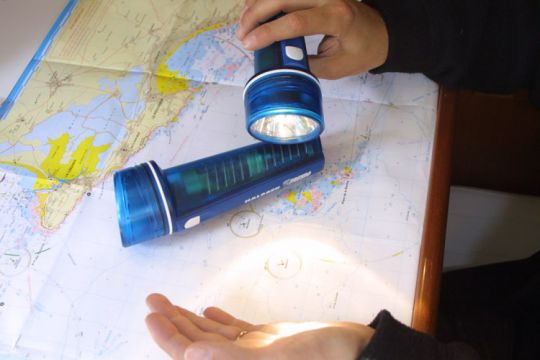
Reversing fire on the horseshoe buoy
As its name implies, this light comes on when it is in the water and turns over to float on the surface.
Parachute rocket
The latter is a way of signalling from afar. It goes up to 300 m high and once in the air, the bengal (the lighting part) lights up. The descent takes between 40 and 45 seconds and the visual range is about 5 to 6 miles.
Hand fire
The latter will be used to signal approaching vessels and will burn for approximately 60 seconds. Beware of the risk of burns. If you can, put on a glove and turn your head as you hit it.
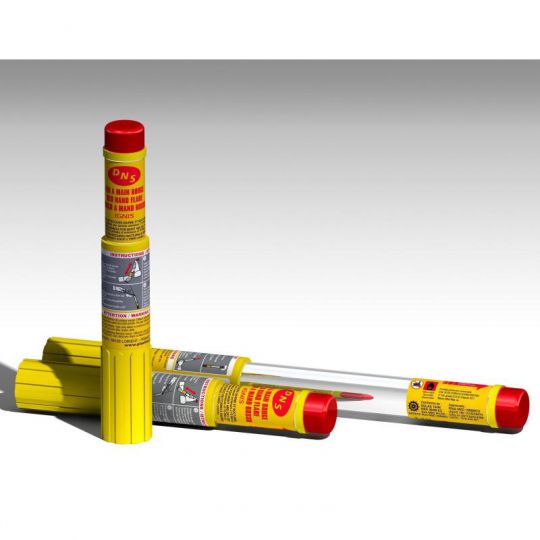
Fumigène
Rather, the smoke is used to indicate the strength and position of the wind to rescue personnel, particularly to assist in helicopter manoeuvring in the event of a helicopter hoist. Although there is no point in using it at night since it does not provide light, it can nevertheless attract the attention of the surrounding boats with its thick orange smoke. Simply tear off the cover and throw it into the water (it floats). A smoke will be released after about 10 seconds and last for about 3 minutes.
Fluorescein
It is a fluorescent powder that comes in 40 or 80 g sachets and can be easily slipped into an oilskin bag or a suit. In contact with water, the powder dilutes to create a fluorescent sheet that can last about 1 hour if there is no current. It is a very good tracking device for helicopter rescue, day and night.
Mirror
If it is no longer considered an essential safety equipment on board, the mirror can be very useful during the day to create a luminous glow and to indicate its position to the emergency services.
International Maritime Distress Flag
Launched in 2012, the Life Flag is photoluminescent and fluorescent and can therefore be used both night and day. It can be used as a distress flag or when diving, but has never met with the success expected.
